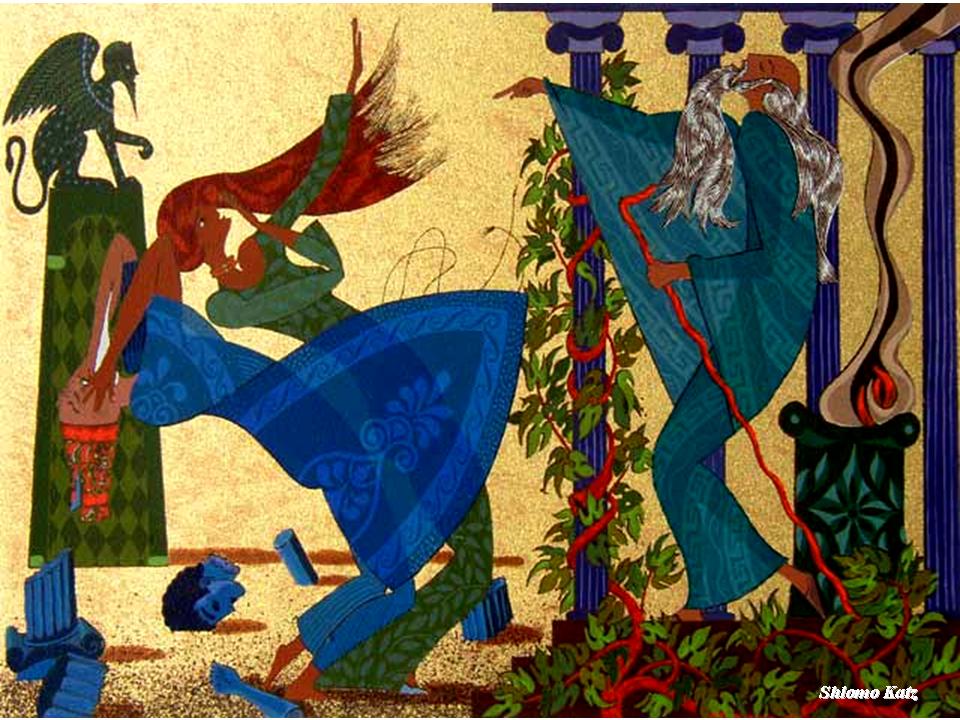330 kali dibaca
Recently, the residents of Bukittinggi City, West Sumatra, were shocked by a case of incest involving a child and his biological mother. The incestuous, or blood-related sexual relationship, started when the child was in high school, and he is now 28 years old. It’s estimated that the case only came to light after going on for 11 years. The news was deeply unsettling and sparked many discussions online.
For me personally, such incest is not that shocking. Signs of it have been present in human society for a very long time. However, we’re skilled at hiding them under various veils, whether cultural, religious, or even relegating them to the realm of mythology.
We know that Sigmund Freud referred to this phenomenon as the Oedipus Complex. Why? Maybe Freud only had one reference: Greek mythology. If other references were available, he might have named it differently. Perhaps it could have been called the Sangkuriang Complex.
In Greek mythology, we encounter the character Oedipus Rex. He is the child of Laius and Jocasta, rulers of Thebes. Before Oedipus was born, an oracle prophesied that King Laius would die at the hands of his own son. Fearing this prophecy, when Oedipus began to grow up, he was kept in chains until his legs swelled—hence the name Oedipus, which means swollen-footed. Even with Oedipus living in chains, King Laius didn’t feel safe and ultimately exiled his son.
While in exile, Oedipus became obsessed with his mother’s beauty and his father’s power. To possess his mother and wield power like his father, he had no choice but to kill his father and marry his mother. And, as we know, tragedy ensued. Shrouded in mystery, his mother, Jocasta, committed suicide. Realizing what had happened, Oedipus blinded himself and left Thebes, ultimately dying in exile.
Freud used the tragedy of the Oedipus Complex to clarify his theory that we now know as psychosexual development, as outlined in his work, The Interpretation of Dreams. According to Freud’s theory, there comes a time when a boy craves his mother’s affection and views his father as a rival; or a girl becomes obsessed with her father’s love and sees her own mother as her competitor.
We often shy away from accepting reality as it is, even Freud felt the need to bolster his theory with Greek mythology. Hence, it’s almost as if incest can only happen in mythology, similar to when we claim that such things only occur in the Sangkuriang folk tale.
The construction of the Sangkuriang story is nearly the same. We’re introduced to the character Sangkuriang. In this folk tale, a prince from Kahyangan falls in love with Dayang Sumbi. The prince asks for his father’s blessing, which is given on one condition: that the god’s son must transform into a dog when Dayang Sumbi gives birth to their child. This eventually happens.
While hunting in the forest, Sangkuriang accidentally kills a dog named Tumang, who is actually his biological father. When this story is relayed to Dayang Sumbi, she becomes enraged and strikes Sangkuriang on the head. Sangkuriang is then driven from home with a wound on his head. When they eventually meet again, without knowing each other’s true identities, the mother and son fall in love and plan to live together in marriage.
We know that this tragedy is the mysterious backdrop of the history of Mount Tangkupan Perahu. The plot might be slightly different, but the essence is the same: the Oedipus complex is there. Incest is there. If we follow Freud’s process of developing the psychosexual theory, it’s clear that the theory did not emerge from a vacuum. There are facts, there are symptoms, that made this theory possible.
These signs are so evident that there’s even a hadith addressing this issue. The hadith states: “Usury has 73 sins. The lightest of which is similar to the sin of a person having sexual intercourse with his biological mother. Meanwhile, the greatest sin of usury is when a person violates his brother’s honor.”
This hadith is narrated by Al-Hakim and Al-Baihaqi, and in Syuabul Imam, Sheikh Al-Bani declared the hadith to be authentic. What Prophet Muhammad said in this hadith obviously didn’t come from a vacuum. Imagine, to illustrate the sin of usury, the Prophet had to compare it (or make it analogous) to the sin of sleeping with one’s mother or sibling.
With such a construct, it’s very possible that signs of incest were present and evident during the time of Prophet Muhammad, just like the matter of usury. After all, the sin of usury wouldn’t be analogized with the sin of fornication with one’s mother or sibling if the latter never existed in their society.
We may choose to push these signs to the realm of mythology. However, Freud’s theory proves that these signs never truly disappear from our subconscious, from our dream repository, even until now. I am one of those who occasionally dabble in role-playing in the virtual world through anonymous chat platforms. There, “role-playing” with an incest theme has become quite popular. Whether it’s incest between father-child, mother-child, or siblings.
What does this mean? In the subconscious of our millennial generation, beneath our dreams, there’s a specific obsession with the matter of incest. Some may be able to bury it forever. Some might express it through “role-playing”. And some might even make it “real”, as happened in Bukittinggi.
Humans are indeed complex creatures. Extremely complex, in fact. It’s all about how we can manage these complexities well, so as not to become like Oedipus, Sangkuriang, or that teenager from Bukittinggi.


